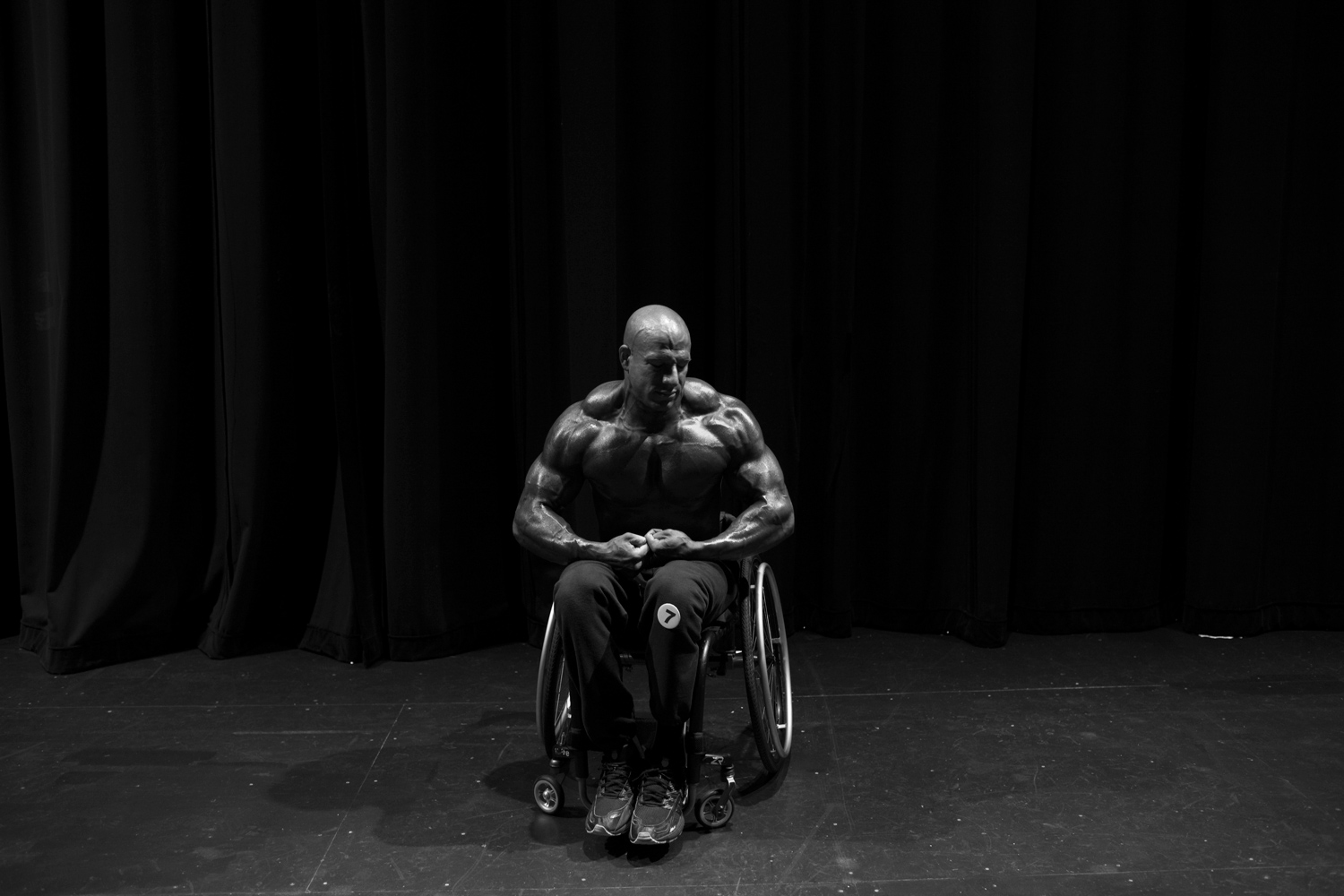
When he was 16, Nick Scott was in a near-fatal car accident. He was left paralyzed from the waist down. Nonetheless, Scott, now 30, is also known in certain circles—namely, the wheelchair bodybuilding world, a universe in which his is perhaps the most recognizable face—as “The Beast.” The Beast isn’t sure of his bench press limit, only because he hasn’t yet stopped reaching for more weight. The metaphor’s an obvious one, but true: “If you want something bad enough, nothings gonna stop you from not getting it,” he has said.
And The Beast wants to spread the word: he was instrumental in the creation of the first-ever competition for certified International Federation of BodyBuilders (IFBB) Pro Wheelchair Bodybuilders, which was held last fall. The 2012 IFBB Pro Wheelchair championships took place Oct. 13 in Houston, an event open only to Scott and the dozen other men who have qualified as pros. Harold Kelley was named the winner in 2011 and 2012.
Photographer Lauren Fleishman has been documenting the sport for over a year, including that first competition. She first heard about wheelchair bodybuilding via a phone call from her cousin, who works in a hotel where a bodybuilding event took place. “I got so excited that I hung up the phone and began researching the sport,” she says.
Fleishman says that when she first began exploring the topic, she noticed that almost all of the photographs of bodybuilders, at least the ones that she could find, portrayed the participants in an almost grotesque manner. She wanted to avoid that look. “In showing a different side to it, it’s a way of connecting people, a way of changing their perceptions about the sport.”
Wheelchair bodybuilding competitions date back about 15 years, and both amateurs and professionals compete in worldwide events throughout the year. After following the participants for months, Fleishman says that, besides the normal suspense that comes with any competitive event, there’s another layer to it. “Seeing what being on stage does for them, they really, really shine,” she says. “You have a whole range of reasons why they compete, but the dedication and perseverance is really inspiring.” And it’s not just on stage: last May, in a Wal-mart in Texas, Fleishman accompanied Scott—the de facto spokesman for the sport—when he went to purchase batteries for his wheelchair, which is rigged to light up when he performs. Outside the store, a teenage boy, also in a wheelchair, approached Scott to say that he hoped one day to be like him. “You can obviously see that Nick has muscles,” says Fleishman. “The kid was impressed. It was a really nice moment to see that.”
But there has been one drawback to immersion in the wheelchair bodybuilding community during her year of photographing the project—and, as the work continues, it may only get worse. “It’s really hard,” Fleishman says, “because you want them all to win.”
Lauren Fleishman is an award-winning photographer based in New York City and Paris. See more of her work here and or on LightBox here.
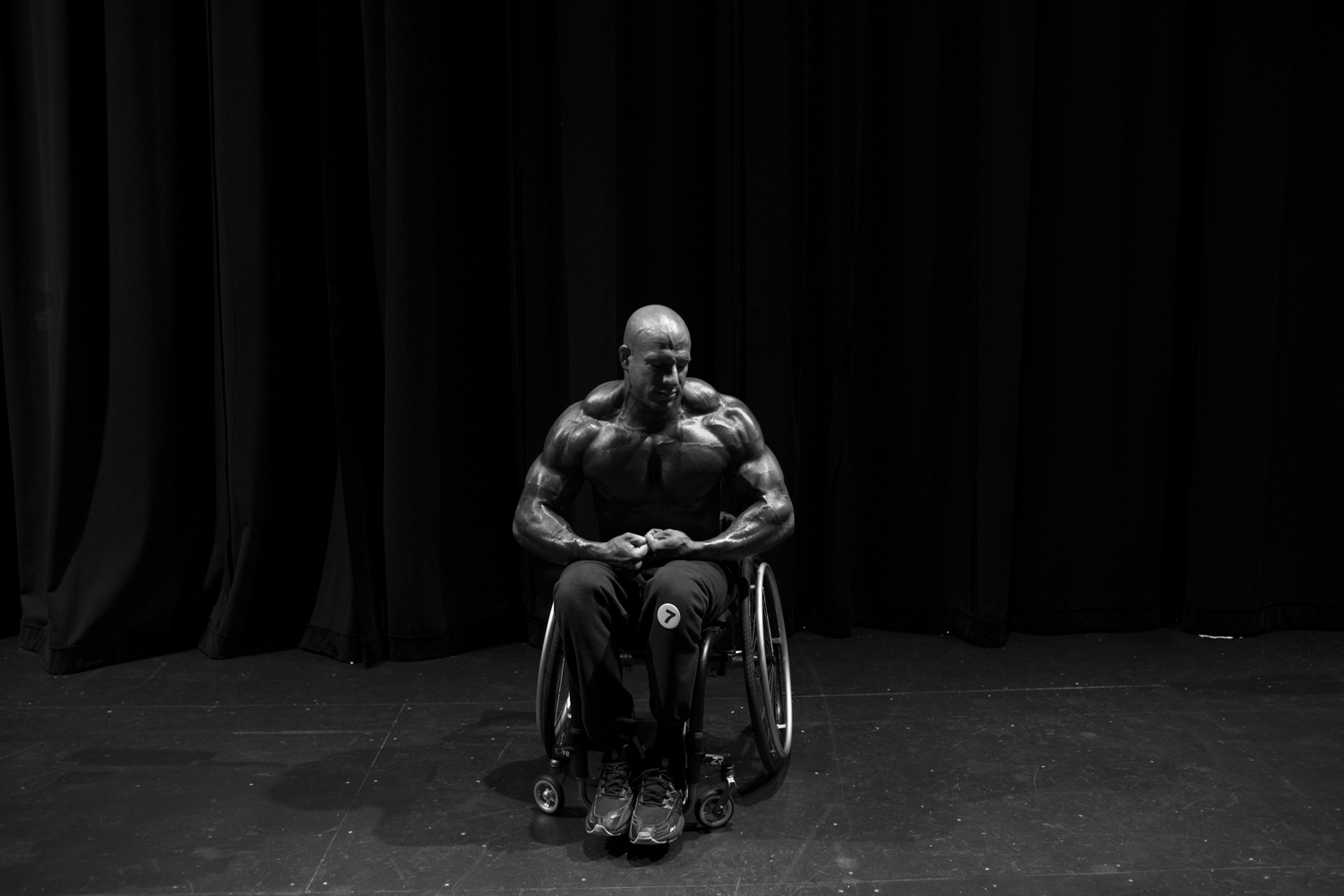
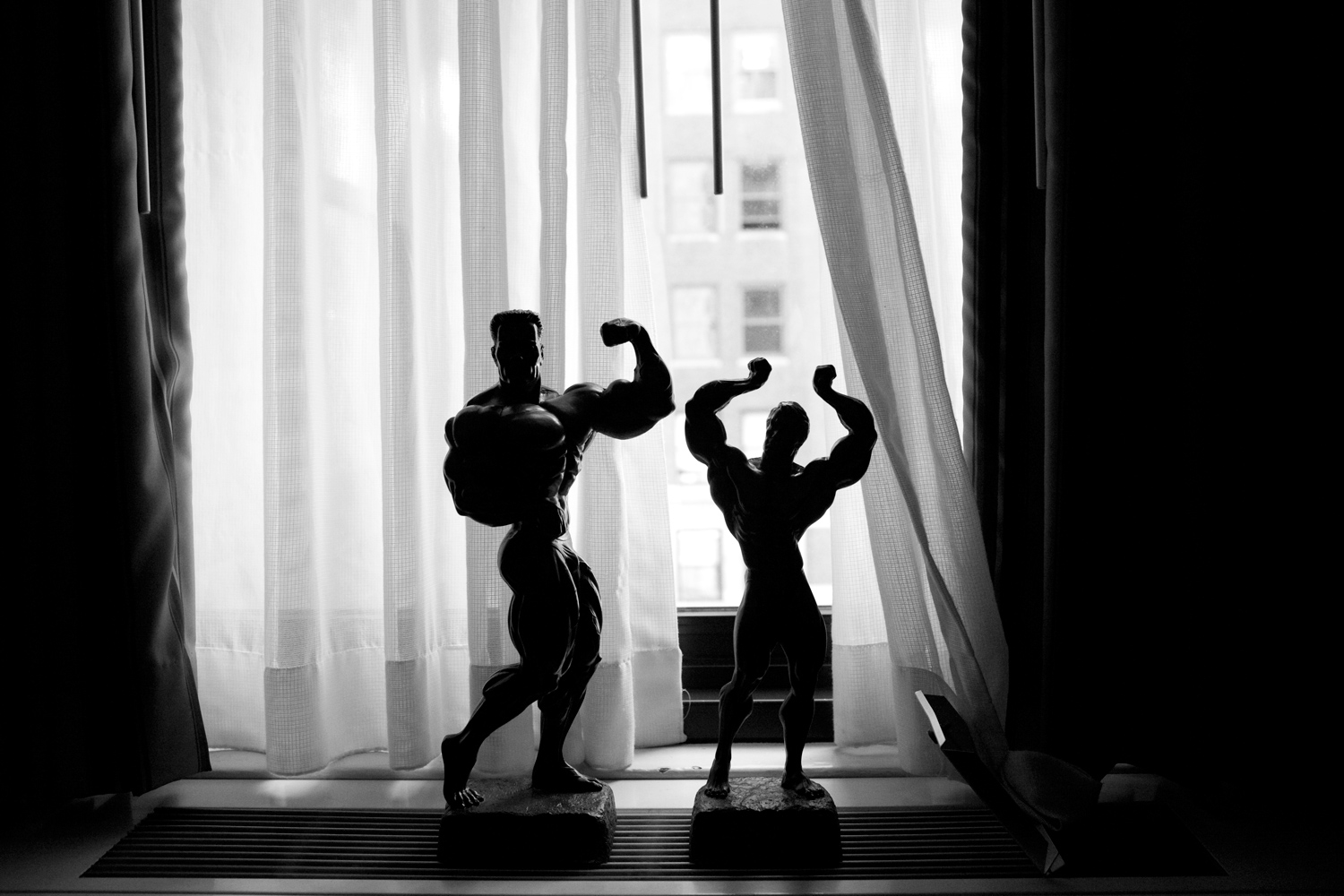
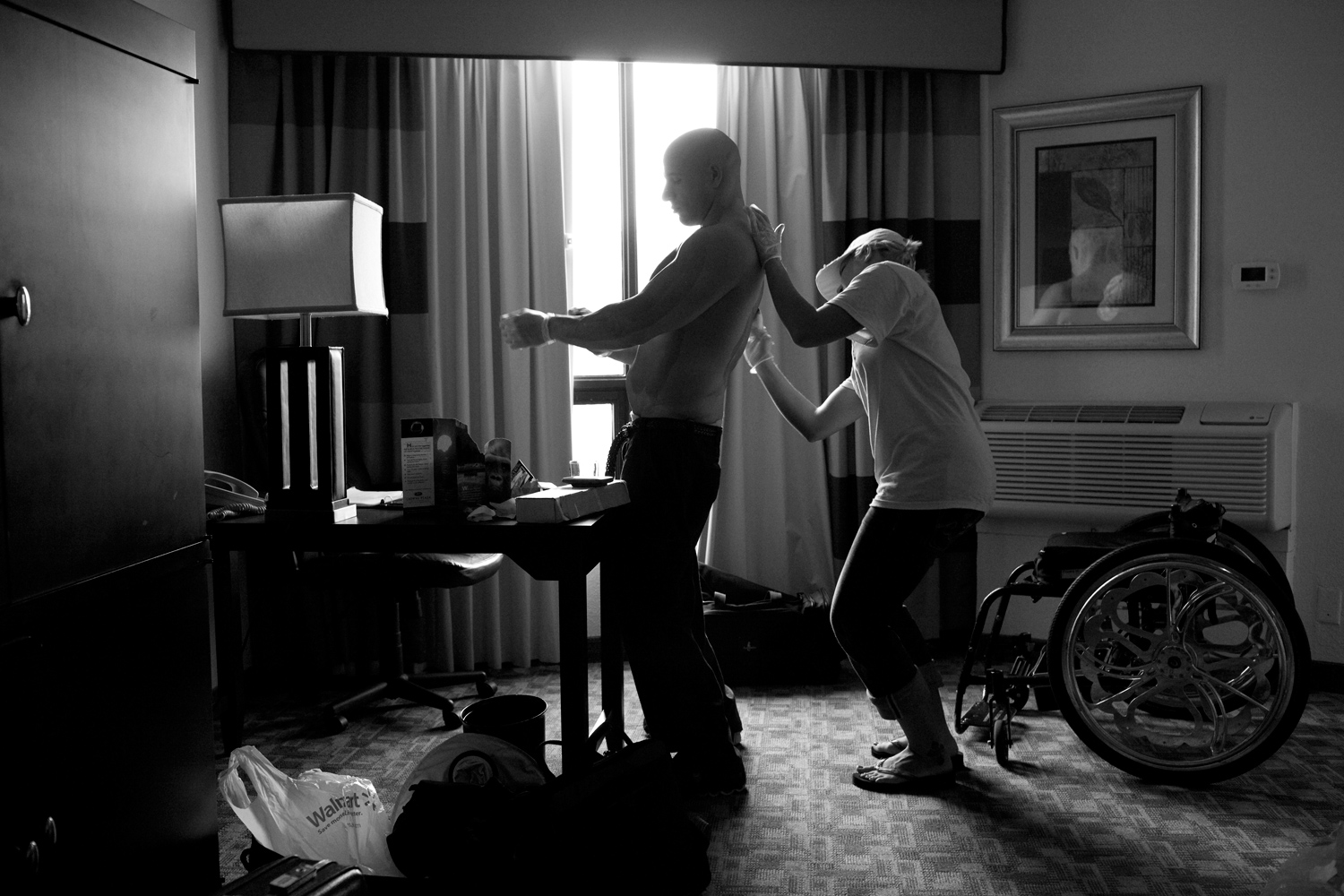
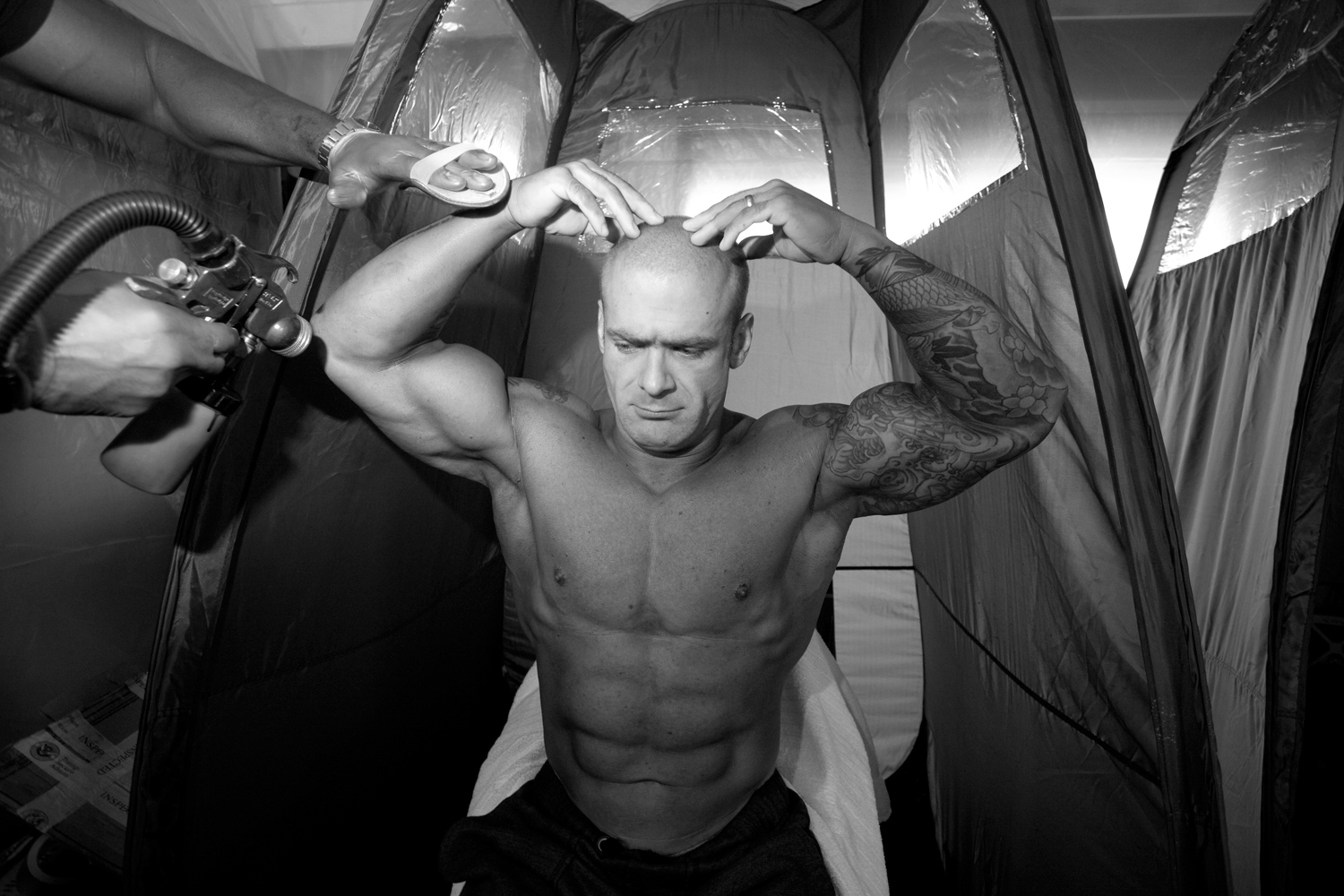
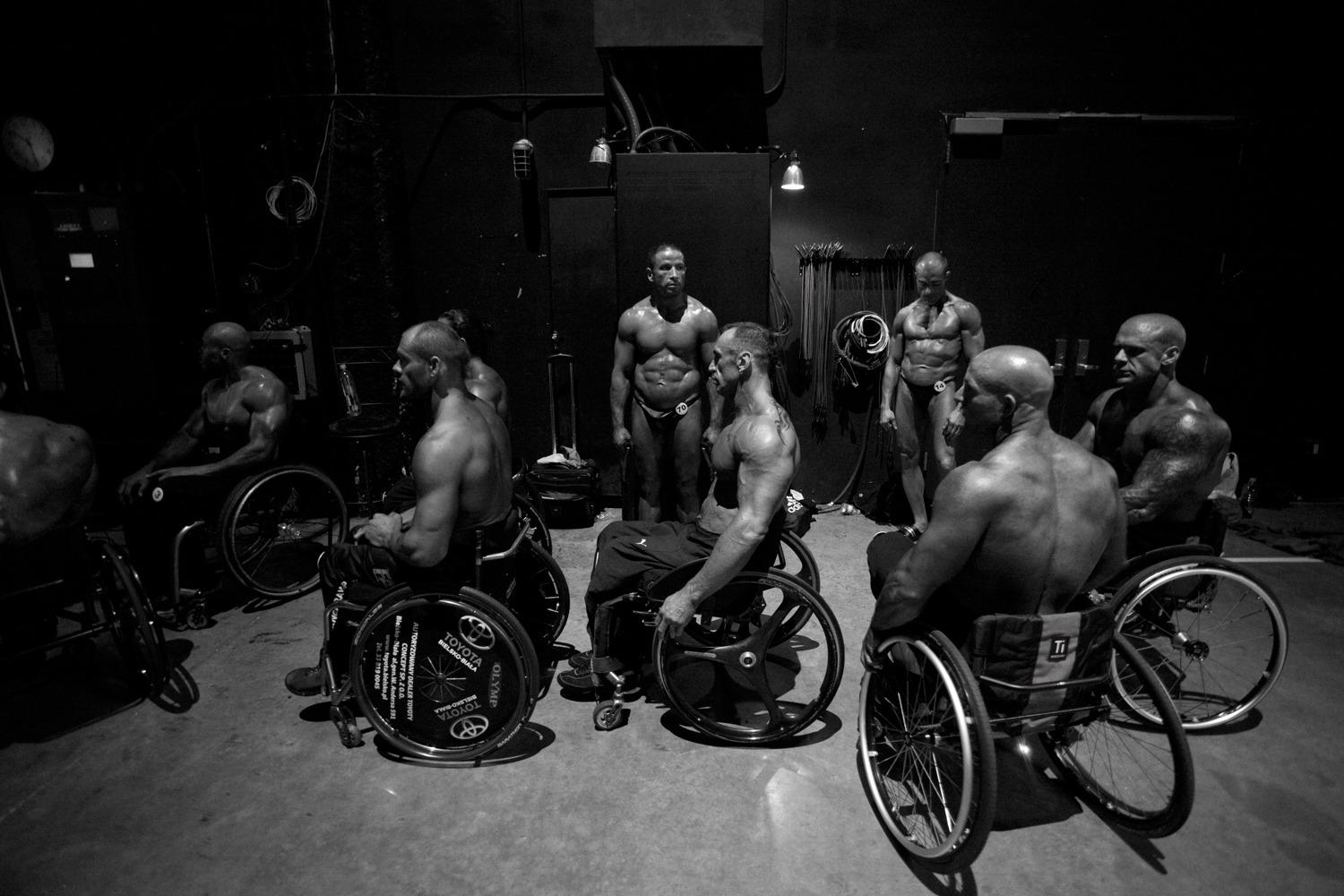
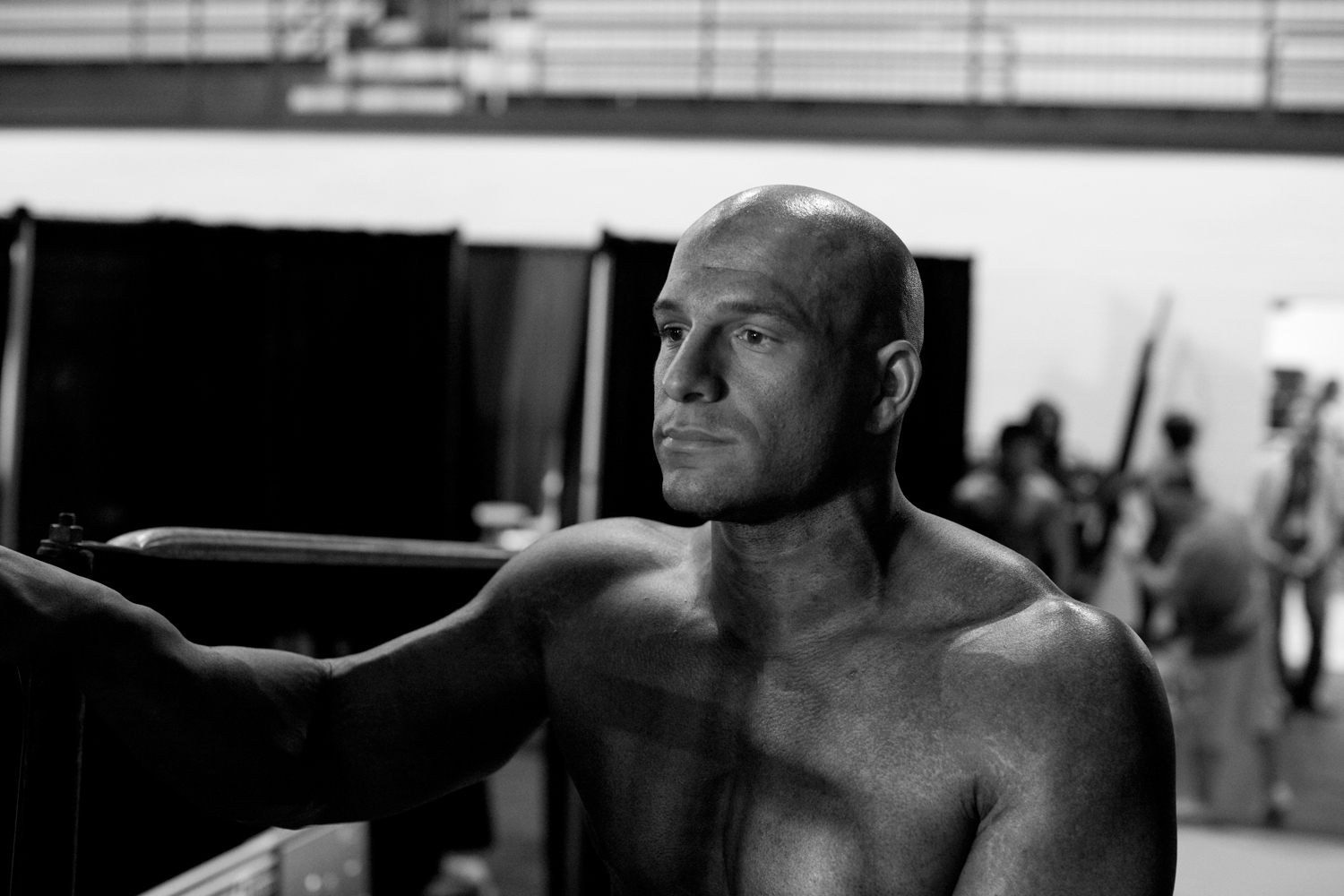
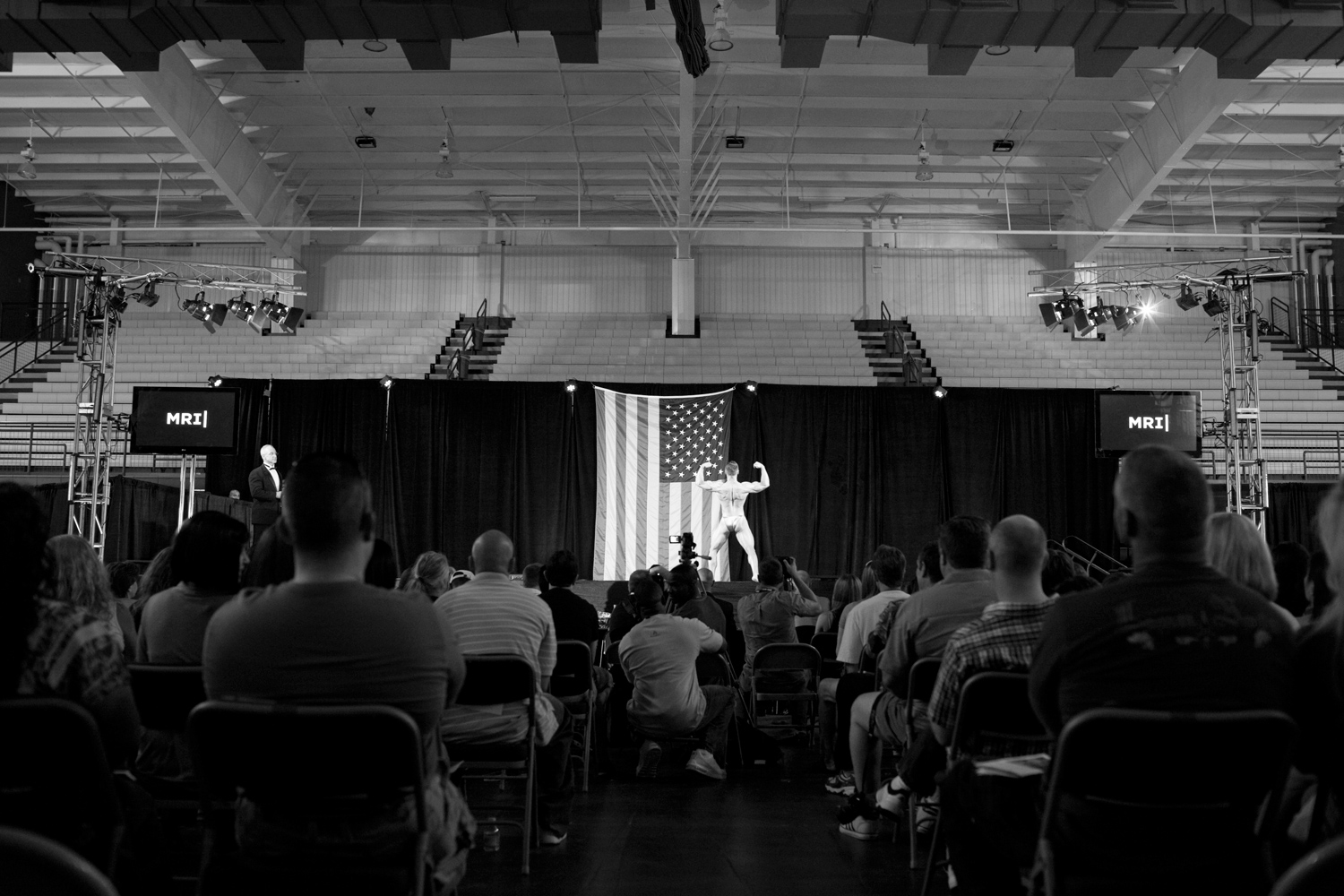
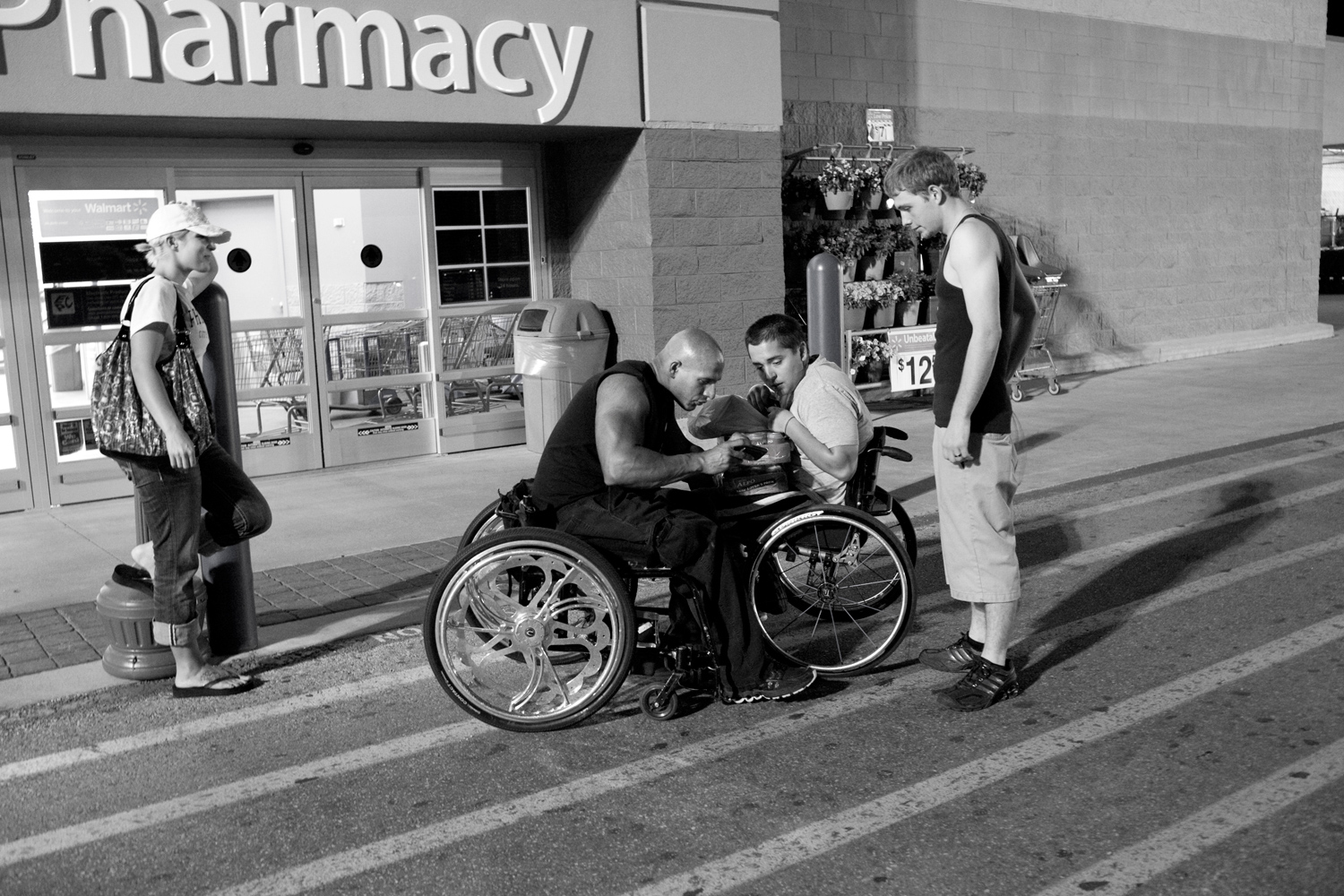
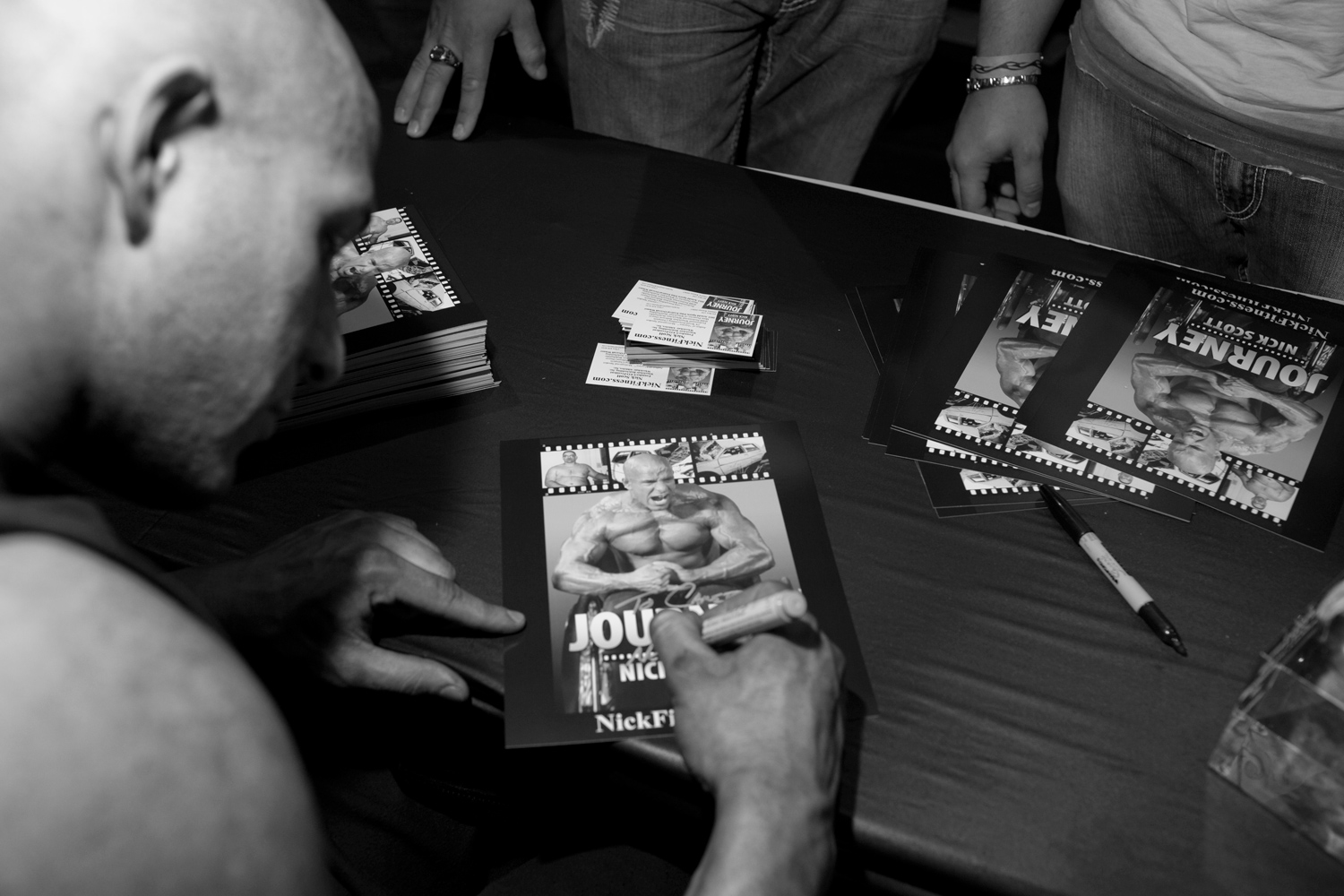
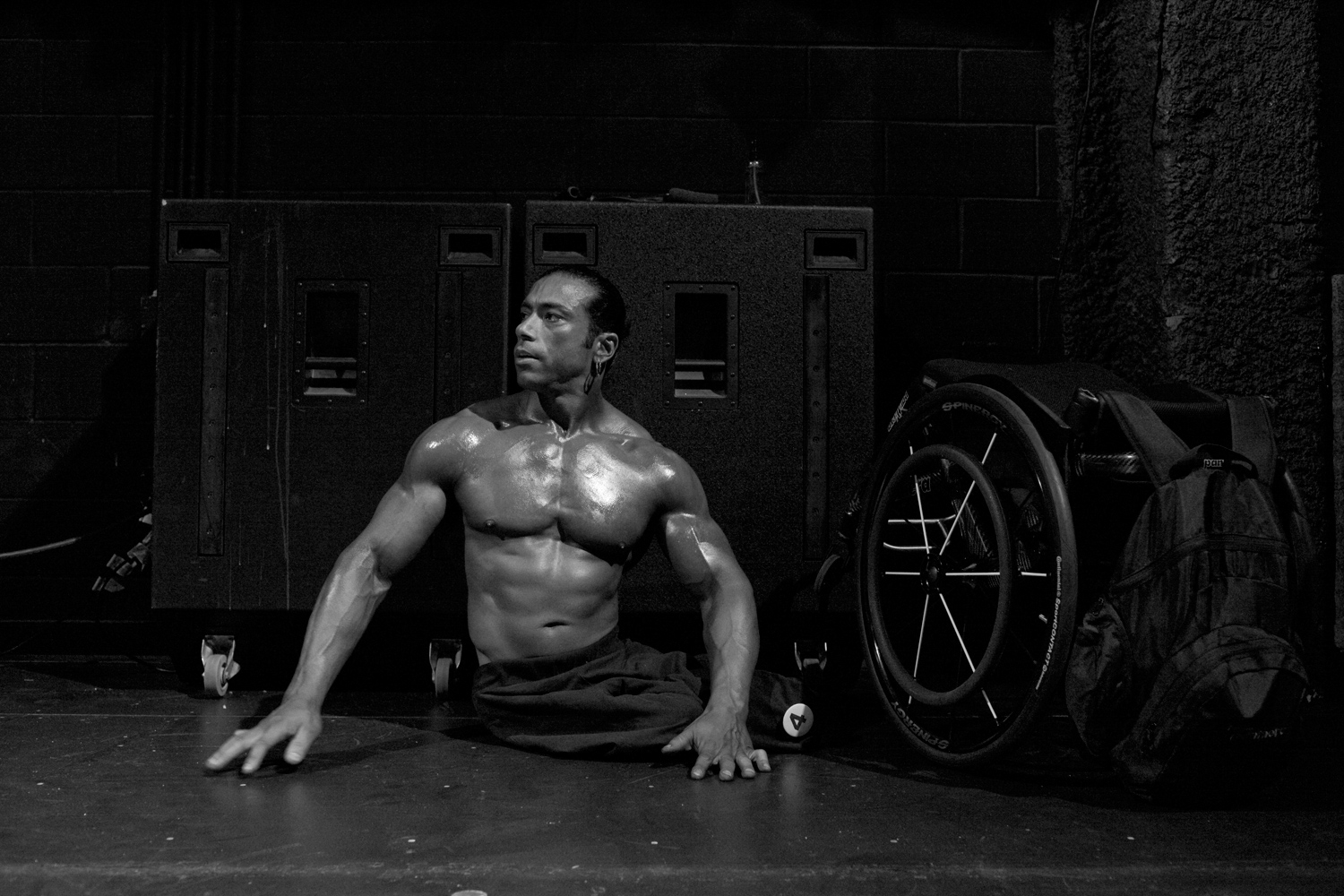
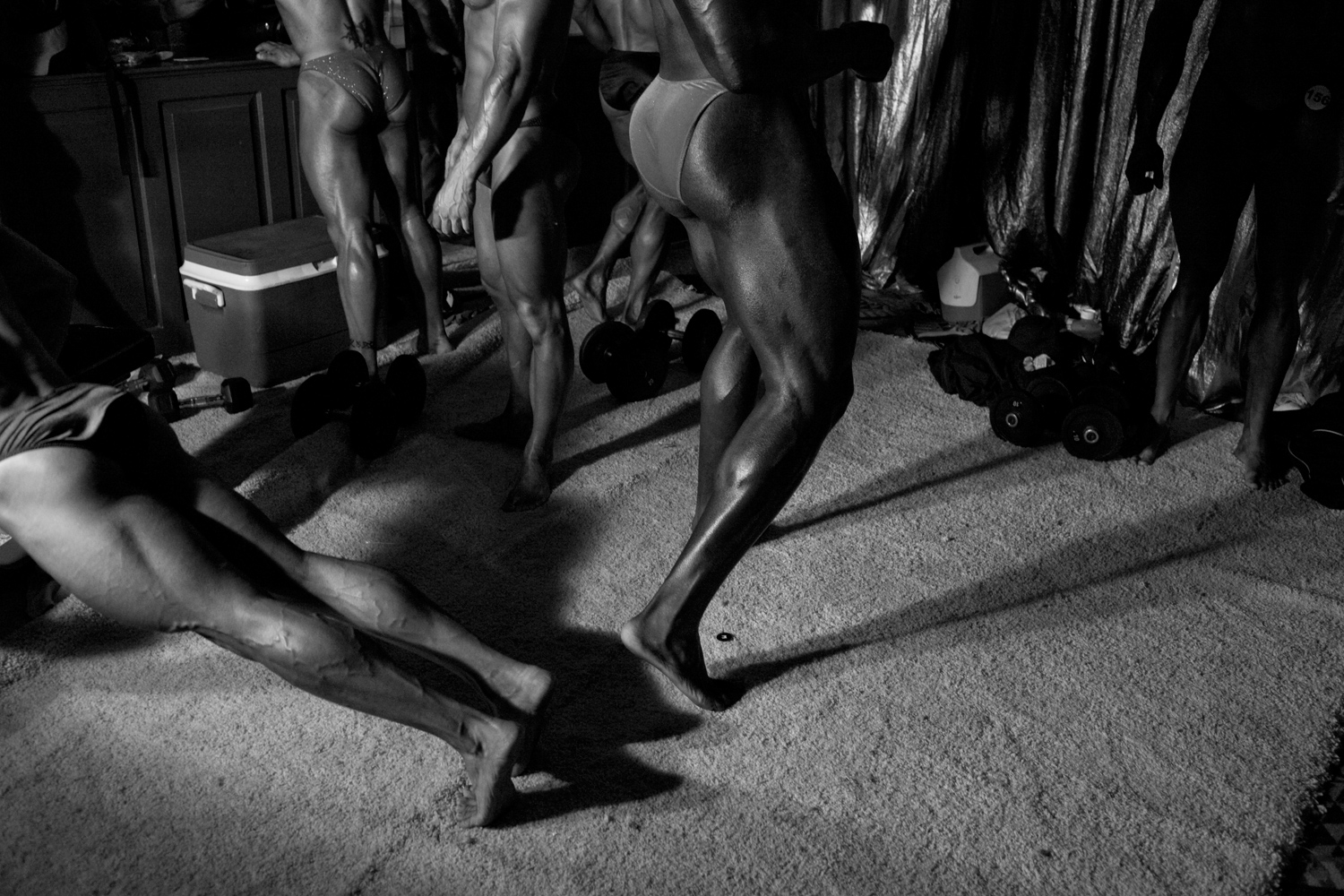
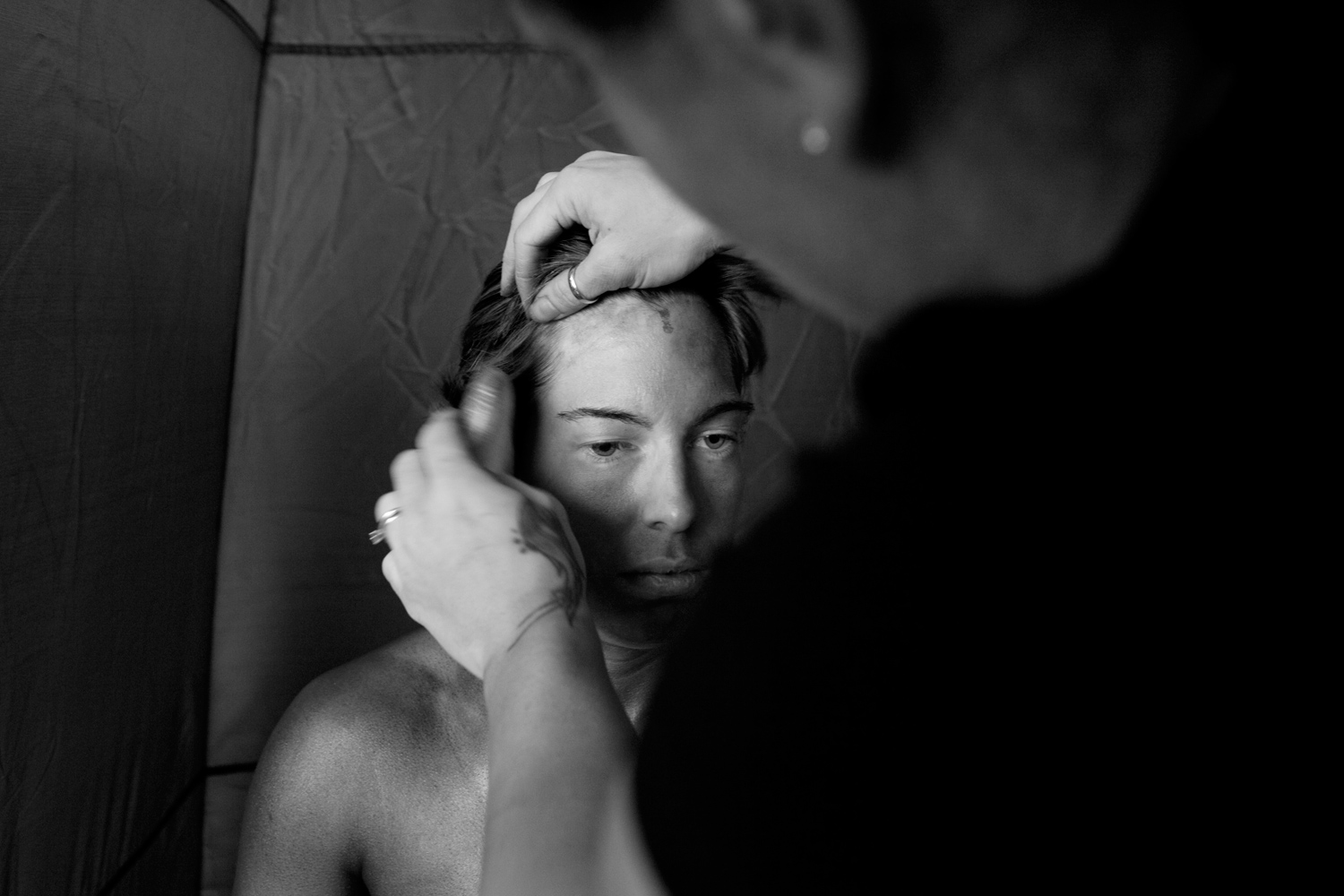
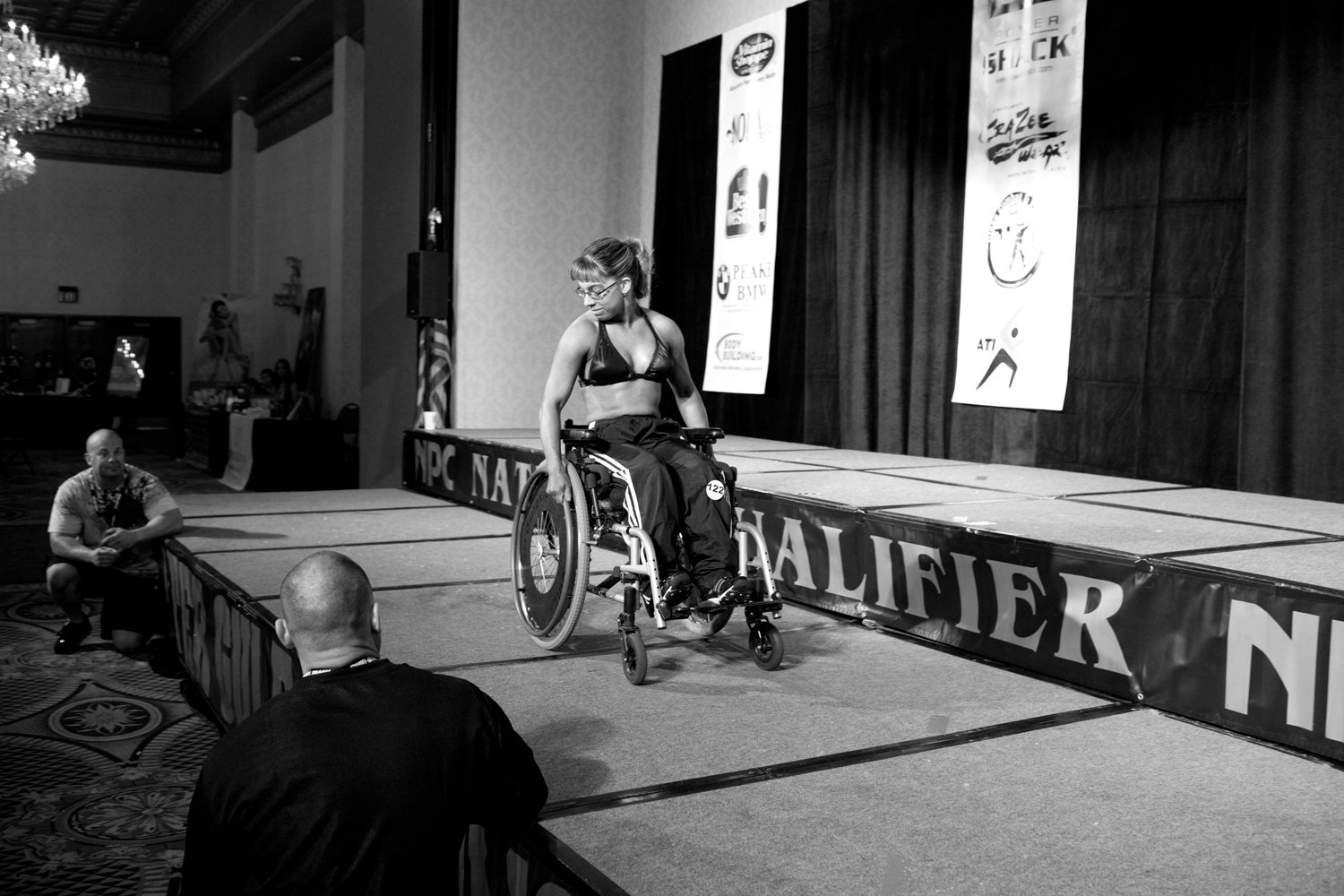

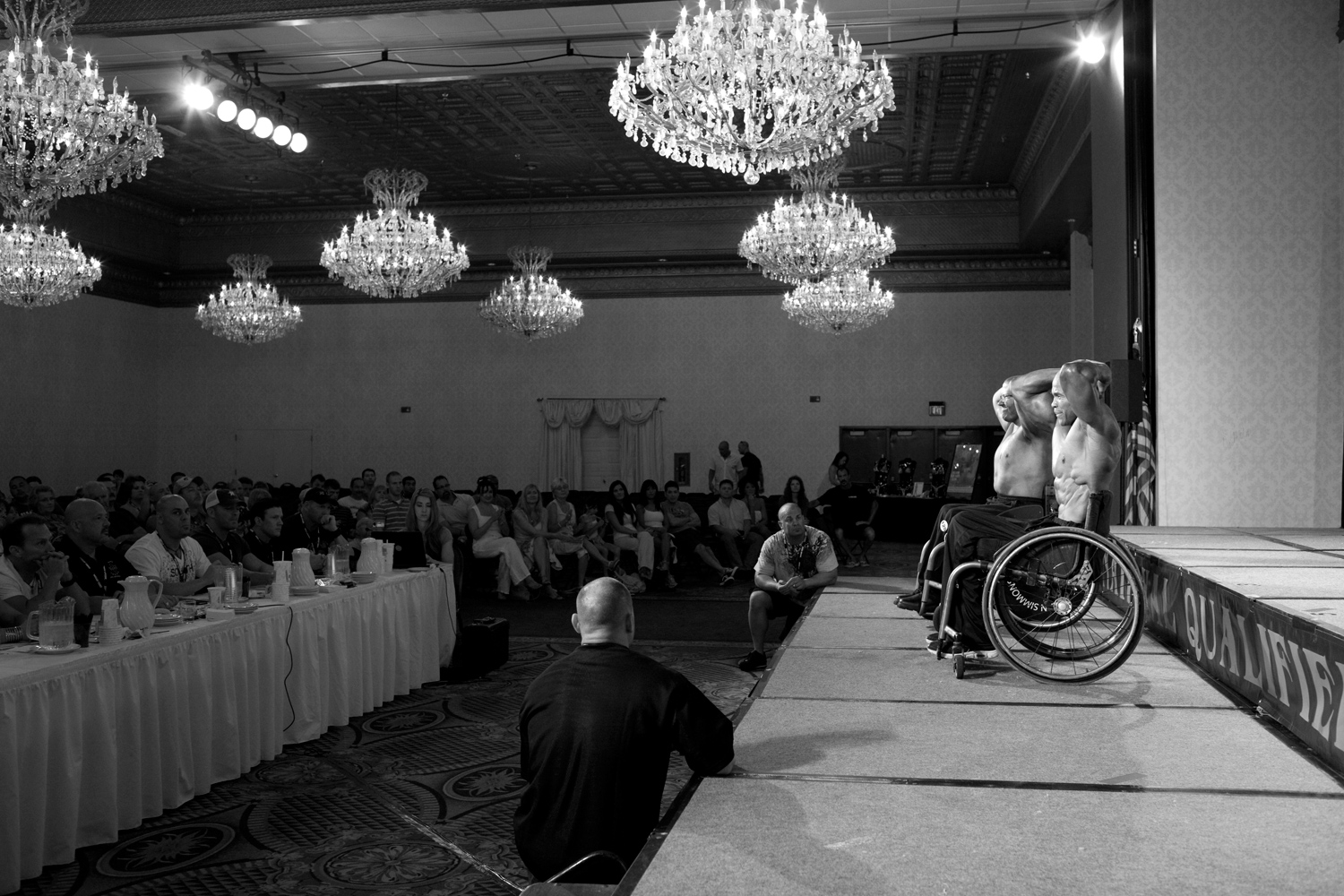
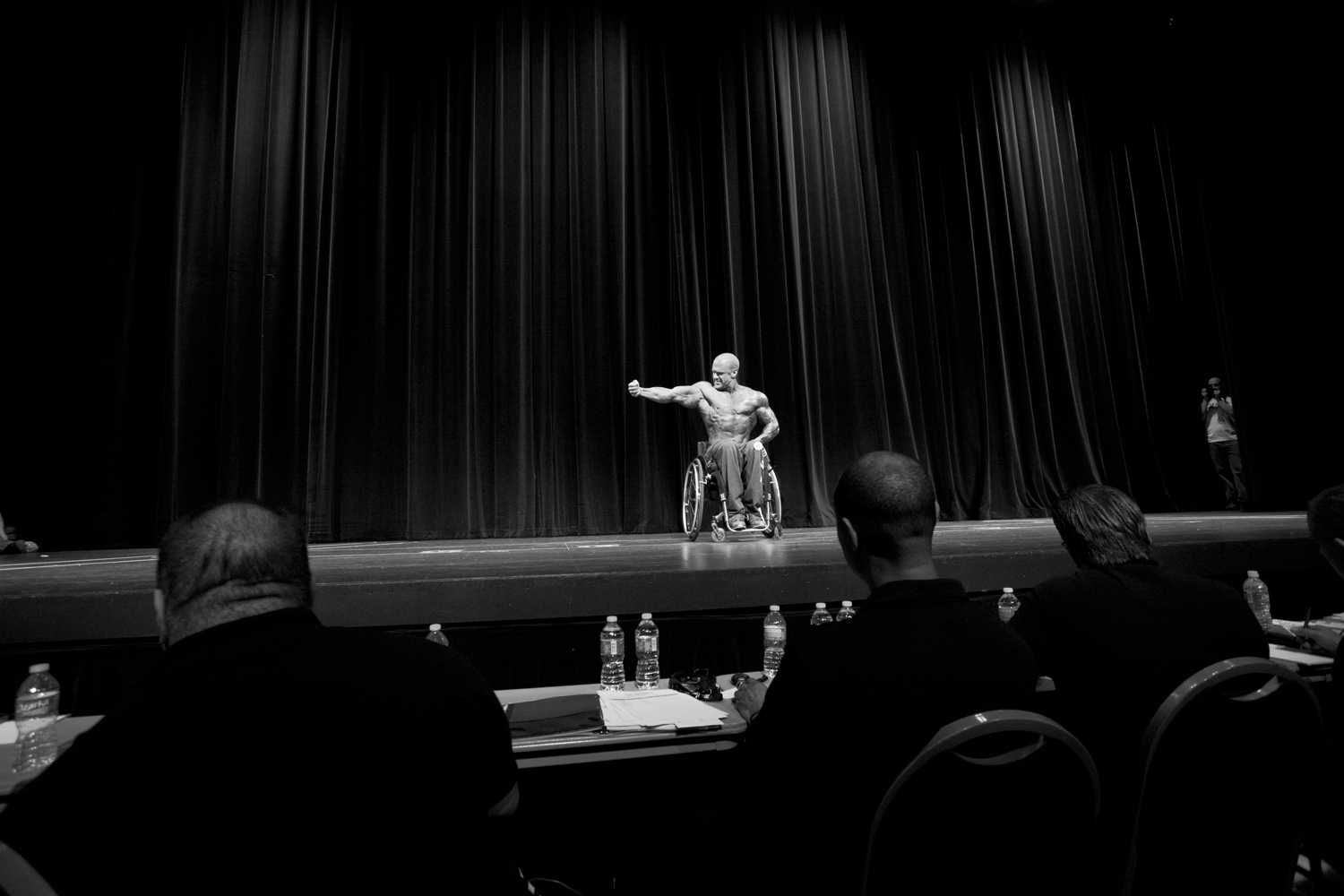
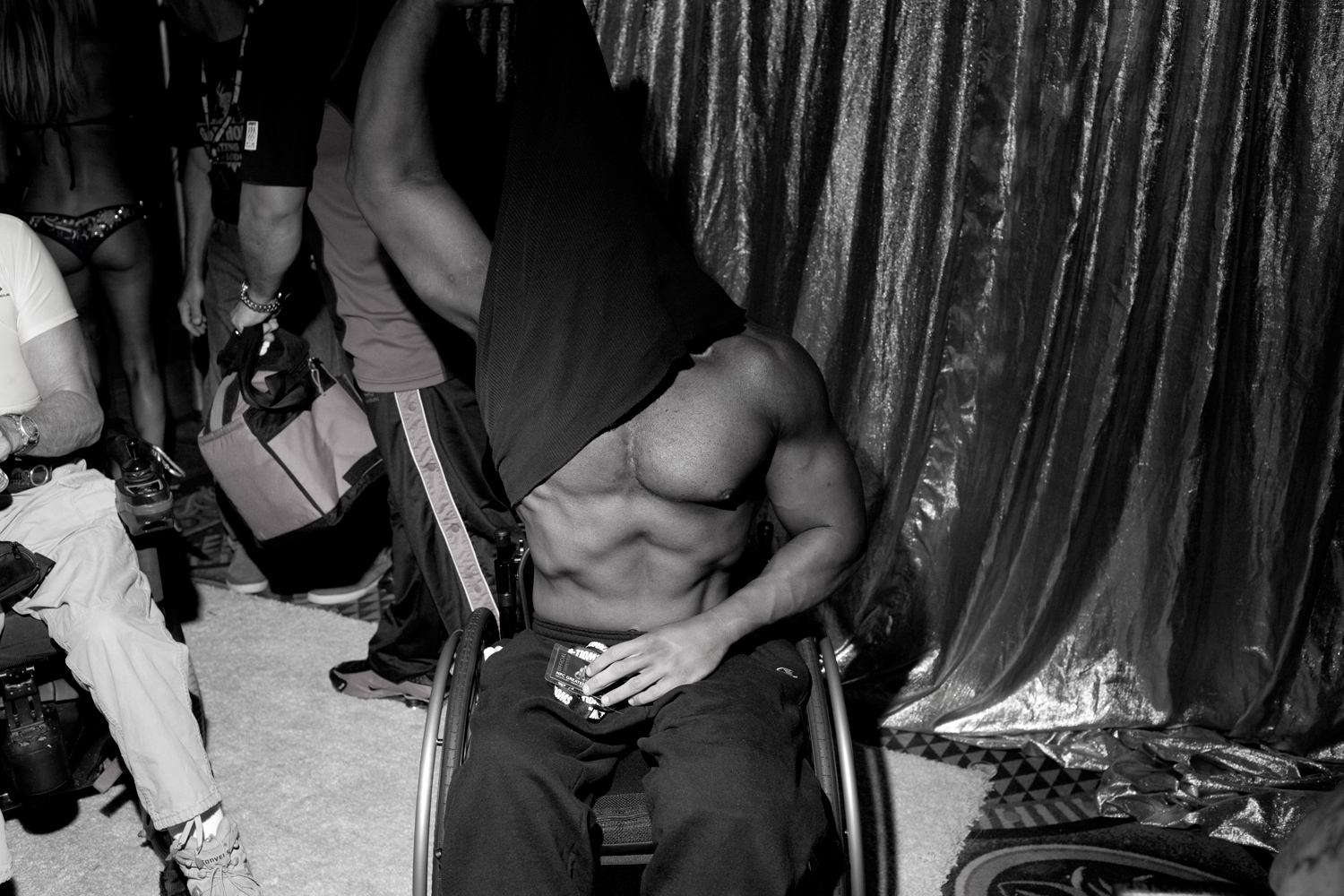
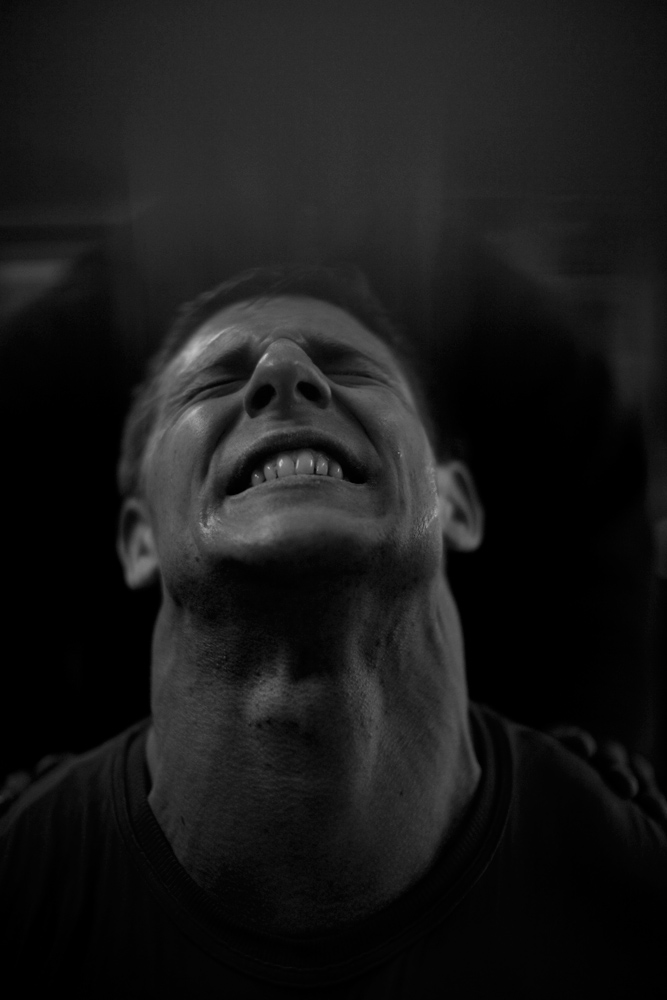
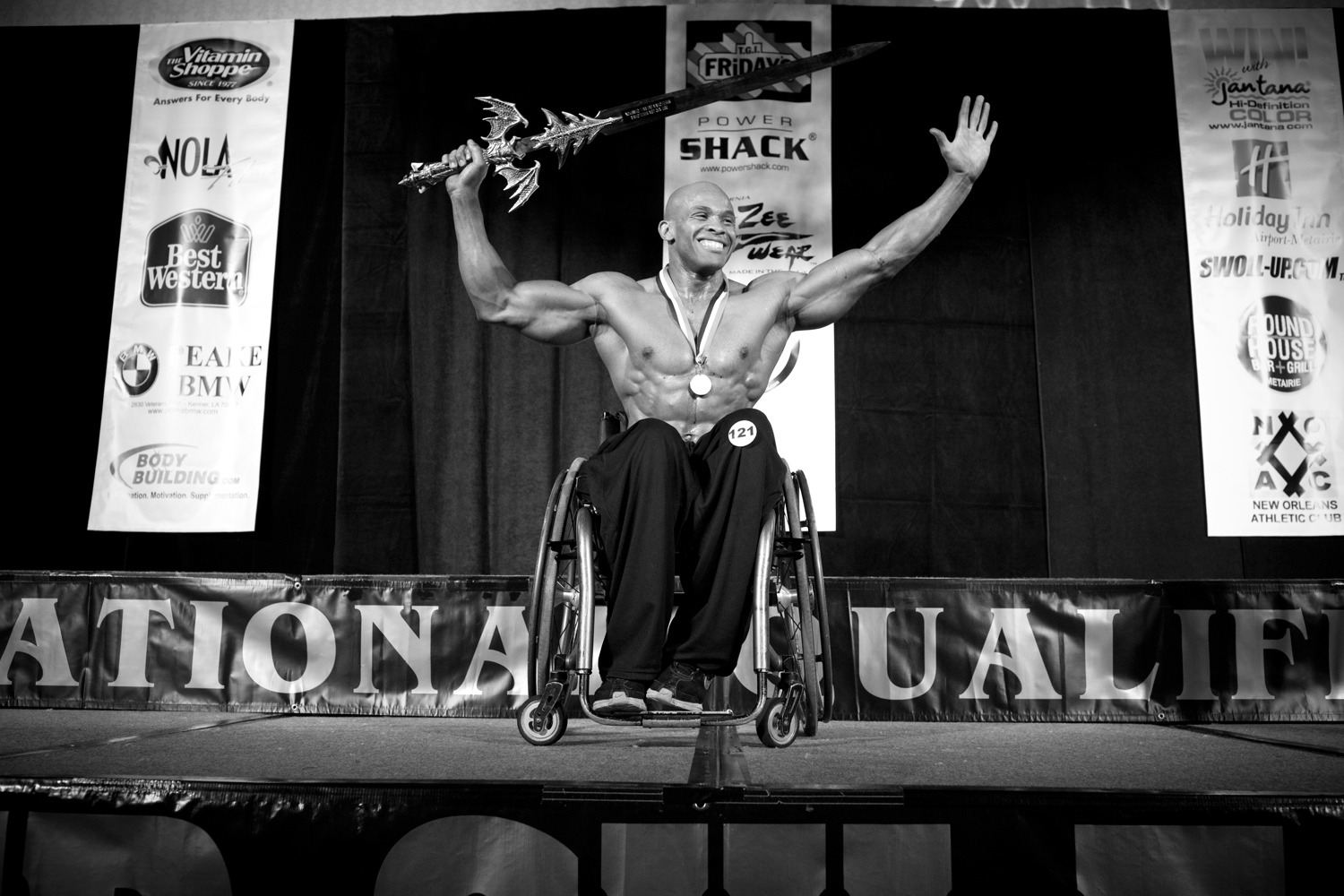
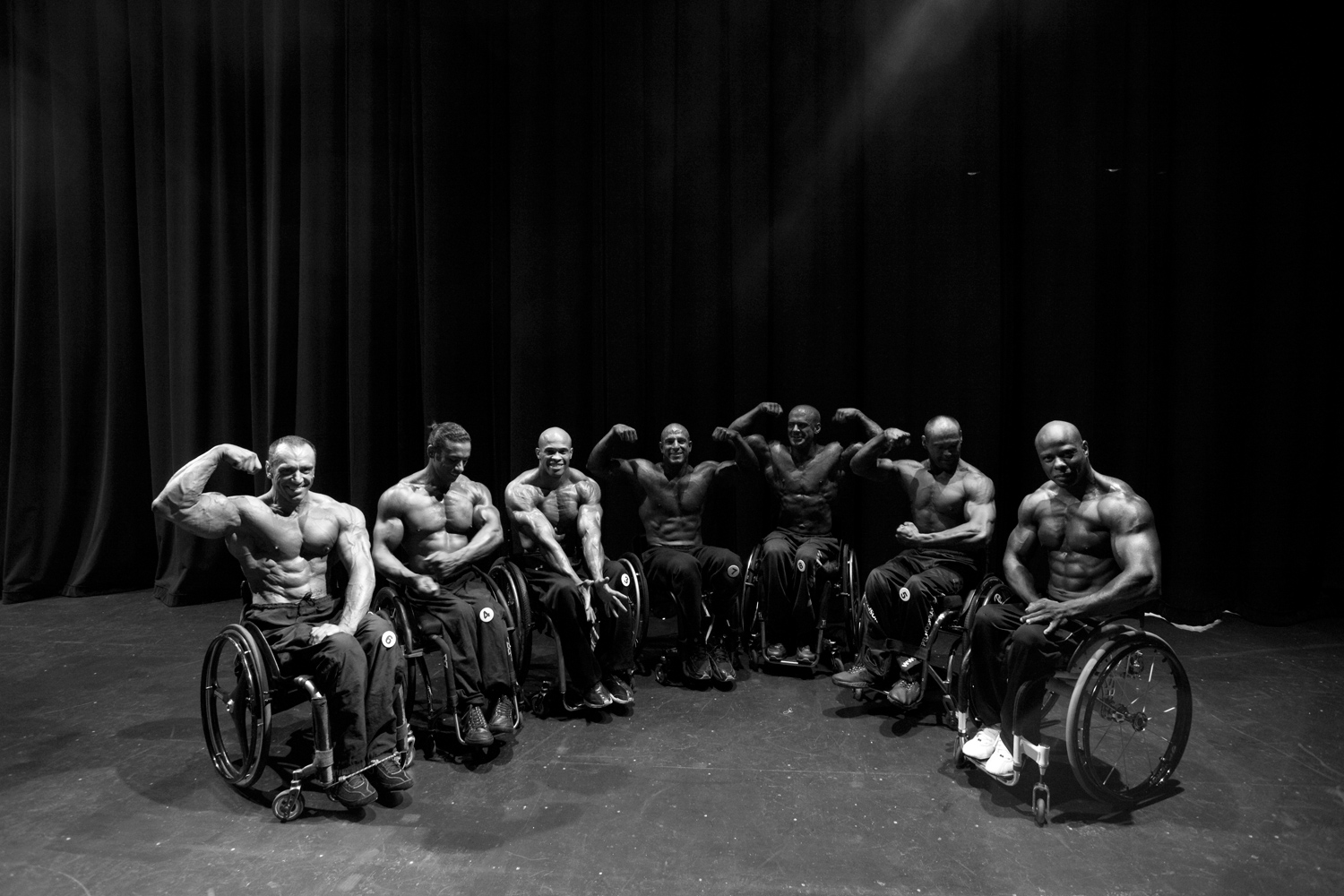
More Must-Reads from TIME
- Cybersecurity Experts Are Sounding the Alarm on DOGE
- Meet the 2025 Women of the Year
- The Harsh Truth About Disability Inclusion
- Why Do More Young Adults Have Cancer?
- Colman Domingo Leads With Radical Love
- How to Get Better at Doing Things Alone
- Michelle Zauner Stares Down the Darkness
Write to Lily Rothman at lily.rothman@time.com